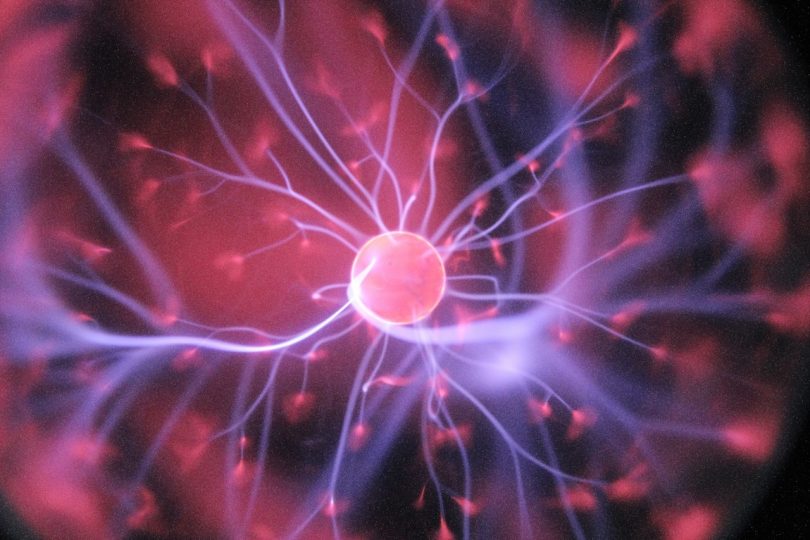The steady upward trend of CBD for commercial and medical use has driven much research and examination of this popular cannabinoid. As these movements continue to develop, so does the information about and availability of CBD in the form of a plethora of products now accessible to the public. Two important aspects regarding the source and quality of CBD should be known to anyone consuming CBD products – bioavailability and bioactivity.
In short, bioavailability is a rate of diffusion of a substance through biological membranes to reach an intended target within the body while bioactivity relates to the intensity of the biological response when a ligand makes contact with the intended target [1]. A ligand is a molecule that binds to another, typically larger, molecule and a more bioactive ligand results in a more noticeable effect within the body.
Bioavailability in regards to CBD basically boils down to how much of the CBD present within any given product is actually absorbed by the bloodstream thereby interacting with cannabinoid receptors within the body for desired effect. Bioavailability can vary greatly from product to product and also differ through method of consumption. A product listed as containing a high percentage of CBD does not necessarily translate to that same percentage being absorbed by the body as natural metabolic processes degrade the amount of total absorption. Common methods of CBD consumption, each with different levels of bioavailability, include oral, sublingual, and inhalation. Inhalation by vaporizing specifically shows some of the highest levels of bioavailability in the range of 40%.
Bioactivity in regards to CBD is realized as how the cannabinoid interacts within the body and the health and medical benefits that can be seen as a result. The bioactivity of CBD shows great promise for its high anti-inflammatory and antioxidant activity while also exhibiting anticonvulsant, anxiolytic (anxiety reducing), neuroprotective, and antibiotic properties [2]. These benefits of CBD are made bioactive when the compound binds to CB2 receptors in the human bloodstream while interacting with the endocannabinoid system. Bioactivity of CBD can also change in power and potency depending on which part of the cannabis plant the compound is derived from.
References:
- Cushing, Donish et al. Measuring the bioactivity of phytocannabinoid cannabidiol from cannabis sources, and a novel non-cannabis source. Journal of Medical Phyto Research. 2018. Vol. 1, Article 2. (8-23).
- Pellati, F. et al. New Methods for the Comprehensive Analysis of Bioactive Compounds in Cannabis sativa, L (hemp). Molecules. 2018. 23 (10):2639.










